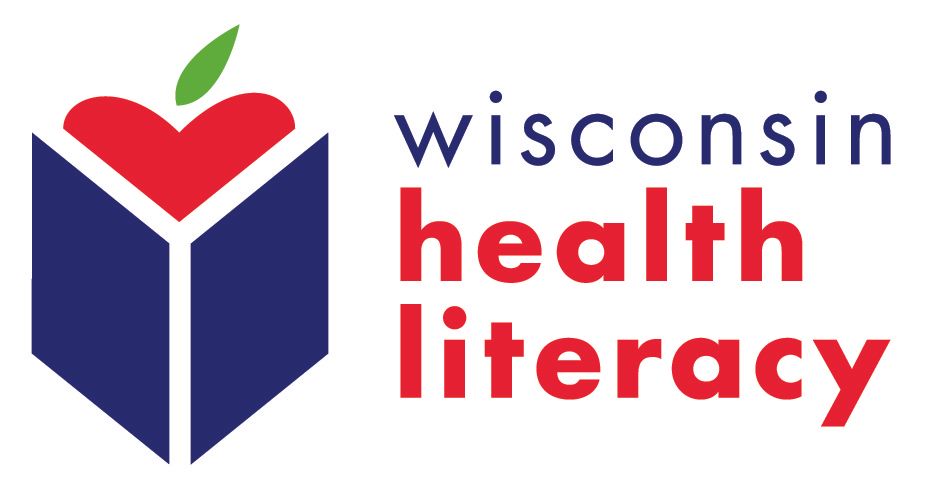
Rethinking Volunteer Management
By Anna Bierer, Northeast Regional Literacy Consultant
Programs often ask me how others are recruiting new volunteers. Much effort goes into getting the word out and connecting new people to your program. Then, of course, you need to take the time to screen them, orient them, and train them – all quite time consuming.
I think we place our energy into the wrong step in the process.
What if you took the amount of time and energy you spend recruiting volunteers and swap that with the amount of time and energy you spend maintaining volunteers?
Shift your efforts from finding volunteers to getting to know them.
On the volunteer application and/or in the volunteer interview process, ask:
- Why are you volunteering?
- Why did you pick our organization specifically?
- What skills and experiences do you want to utilize in your volunteering?
- What skills and experiences would you prefer to leave at home or in your workplace? (If they crunch numbers all day at work, they may not want to do so in their volunteer time)
Once you know this information, you can better design an individual volunteer’s experience and your program’s overall volunteer management process.
If your volunteer lists social interaction as one of the reasons for volunteering, make sure someone is there to greet the volunteer and has some time to chit chat.
If your volunteers want to use specific skills, make sure they have opportunity to do so.
If the skill they want to use doesn’t fit with the position you have, let them know right away so they can find a different volunteer position before you invest too much time in onboarding and training them.
For example, when I managed a school for English Language Learners (ELL), potential volunteers would often come to us because they wanted to utilize their Spanish skills. I would tell them at the onset that our goal was for the learners to use as much English as possible in their sessions, and we discouraged the use of Spanish during lessons – perhaps a social service agency that provided other services would be a better fit for them?
Focus less on big recognition events and gifts for volunteers and more on ensuring the volunteers have regular, positive experiences.
Being kept in the loop is more important to volunteers than being recognized.
You need to find out why your volunteer came to your organization. They likely came because they want to make a difference in their community, not because they crave recognition (though we all like to be appreciated). You are more likely to feel satisfied with your impact on the community if you are doing what you think makes a difference.
How does that happen? Include them in the planning process. Dissatisfied volunteers will leave your program to volunteer elsewhere, or worse will give up on volunteering in the community all together. I have even seen volunteers leave to start their own program run the way they think best. Perhaps an opportunity was missed to incorporate their ideas into existing programming, thus maintaining their involvement and improving program delivery.
Satisfied volunteers are your best recruitment tool.
You could pay thousands of dollars for a TV add, but if a handful of dissatisfied volunteers are talking badly about your organization around town, new volunteers will not come. Conversely, if volunteers leave your organization with positive experiences, word will spread.
Consider this scenario:
Volunteer Jane comes to your food pantry every Monday morning to sort food. She works alone, but is greeted by office staff Paula who always asks about her weekend, remembers she is a Packers fan and likes gardening. Paula often shows Jane pictures of her new grandchild. Work is always set up for Jane, and she is given clear, written instructions.
As Jane is leaving her volunteer shift, Paula asks how it went and if she had any recommendations to improve on the process for next week.
Jane leaves in a great mood, goes to lunch with friends, chats with a neighbor at the bank, and attends a meeting at her church that night. She beams as she tells all of these people she started her day at your food pantry.
Possibly, Paula did not feel like she had the time to talk to Jane that day, but she did, and probably saved herself time in the long run.
Here are five steps to improve volunteer satisfaction:
- Ask on your volunteer application why they want to volunteer Sample Volunteer Application
- Reserve time for small talk for whoever is greeting volunteers or helping direct volunteer work
- Include volunteers in planning opportunities
- Ask volunteers for feedback
- about their own experiences
- about how they see your program operations overall
- Encourage your volunteers to share their experiences with others in the community
Follow these steps and your satisfied volunteers just might take care of the volunteer recruitment for you!
Want to learn more?
Volunteer Management Books:
365 Ideas for Recruiting, Retaining, Motivating, and Rewarding Your Volunteers by Sunny Fader
The Volunteer Recruitment (And Membership Development) Book by Susan J. Ellis
Leading the Way to Successful Volunteer Involvement: Practical Tools for Busy Executives by Betty B. Stallings with Susan J. Ellis
Attend Wisconsin Literacy’s session Rethinking Volunteer Management at the Common Ground Conference
Wednesday, October 16 at 9:00 am.

